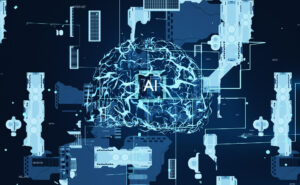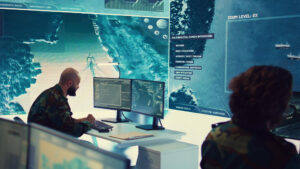Computer Vision and Image Processing are at the forefront of technological innovation, significantly impacting various fields by enabling machines to interpret and analyze visual data. For researchers and academics, understanding these technologies’ core principles and applications is crucial for advancing the field. This article provides a concise overview of the fundamentals and emerging trends in these domains.
Core Principles of Computer Vision
Computer Vision focuses on enabling machines to interpret visual data similarly to humans. Key techniques include:
- Image Recognition: Using machine learning algorithms, especially Convolutional Neural Networks (CNNs), to identify and categorize objects within images.
- Object Detection: Locating and identifying objects in images using methods like Region-Based CNN (R-CNN) and its variants, including Faster R-CNN.
- Image Segmentation: Partitioning images into segments to simplify analysis, with techniques like Semantic and Instance Segmentation.
- Feature Extraction: Identifying important features in images using methods like Scale-Invariant Feature Transform (SIFT) and Speeded-Up Robust Features (SURF).
Essential Techniques in Image Processing
Image Processing involves manipulating images to improve quality or extract information. Key techniques include:
- Filtering: Enhancing or suppressing image features using filters such as Gaussian and Sobel filters.
- Transformation: Modifying spatial properties of images, including resizing and rotating, crucial for image alignment.
- Color Space Conversion: Changing color representations, such as from RGB to grayscale, to facilitate various tasks.
- Image Compression: Reducing file sizes while maintaining quality, using methods like JPEG and PNG compression.
Practical Applications
The applications of Computer Vision and Image Processing are diverse and impactful:
Healthcare
- Medical Imaging Analysis: Algorithms analyze medical images (X-rays, MRIs) for tumor detection and disease monitoring, enhancing diagnostic accuracy.
- Disease Progression Monitoring: Tracking changes in medical images over time provides insights for patient management and treatment.
Autonomous Systems
- Object Detection in Vehicles: Computer Vision enables autonomous vehicles to detect pedestrians and road signs, using algorithms like YOLO (You Only Look Once).
- Lane Detection: Analyzing camera feeds to identify lane markings, crucial for vehicle navigation.
Retail and E-commerce
- Visual Search: E-commerce platforms use Computer Vision for visual search, allowing users to find products by image.
- Inventory Management: Automated systems monitor stock levels by analyzing images of shelves, improving accuracy and efficiency.
Agriculture
- Crop Monitoring: Drones equipped with Computer Vision capture crop images for health assessment and disease detection.
- Weed and Pest Identification: Identifying weeds and pests through image analysis enables targeted treatment.
Security and Surveillance
- Facial Recognition: Used in security systems for access control, employing techniques like FaceNet for accurate identification.
- Activity Detection: Surveillance systems use image processing to detect unusual behaviors, enhancing security measures.
Emerging Trends and Future Directions
Future advancements in Computer Vision and Image Processing include:
- Deep Learning Innovations: Enhanced models and architectures, such as Transformer-based networks, will improve accuracy and efficiency.
- Real-Time Processing: Improvements in hardware and algorithms will advance real-time analysis capabilities.
- Multimodal Integration: Combining visual data with other sensory inputs will lead to more comprehensive systems.
- Privacy and Ethical Considerations: Developing methods to anonymize and protect visual data while maintaining functionality will be crucial.
- Personalized Systems: Future applications may include personalized health monitoring and tailored user experiences.
Conclusion
Computer Vision and Image Processing are transformative technologies with significant implications for various fields. Understanding their principles and applications provides valuable insights into their potential. As research and development continue, these technologies will likely unveil new possibilities and applications, further advancing our ability to interpret and interact with visual data.
As we push the boundaries of understanding in Computer Vision and Image Processing, we are thrilled to extend an invitation to the “First International Conference on Artificial Intelligence Research (AIR).” Scheduled for September 10-11, 2024, this pivotal event is hosted by the American University in the Emirates (AUE) and promises to be a hub for cutting-edge research and innovative applications at the intersection of AI and technology. Your participation will not only enrich discussions but also contribute to pioneering advancements in the field. We eagerly anticipate your involvement in shaping the future of artificial intelligence and exploring its transformative potential. Join us in this exciting journey towards groundbreaking discoveries and solutions.





